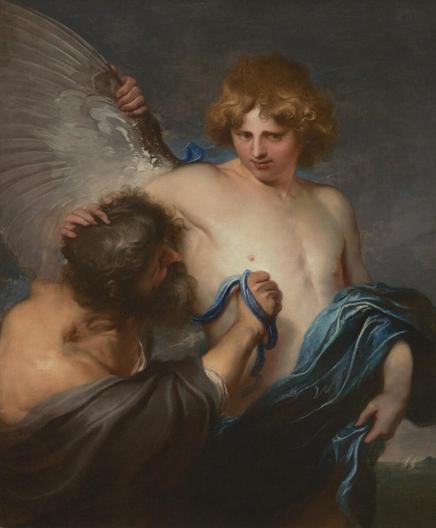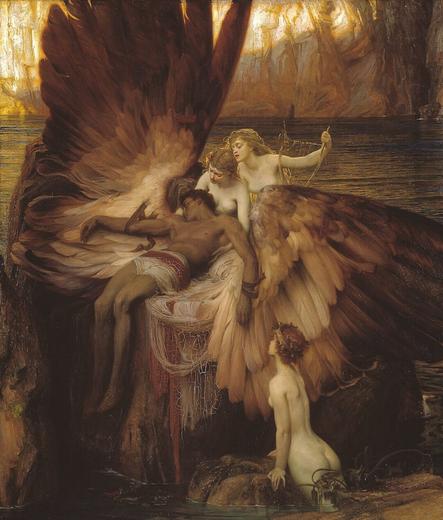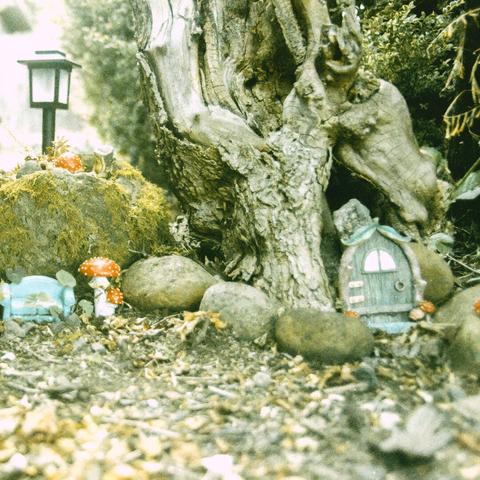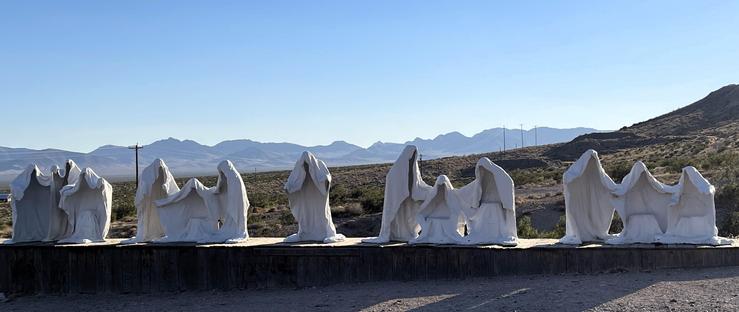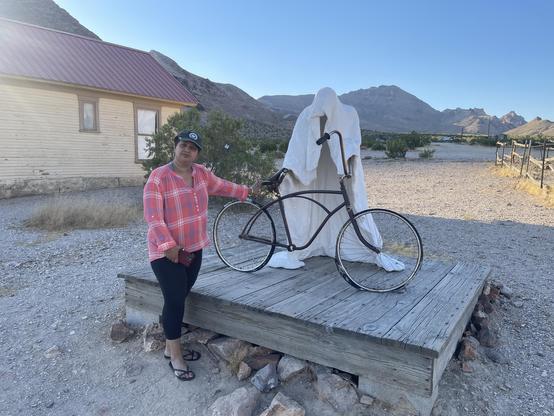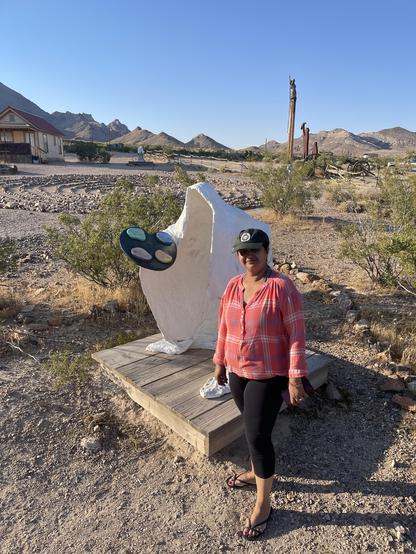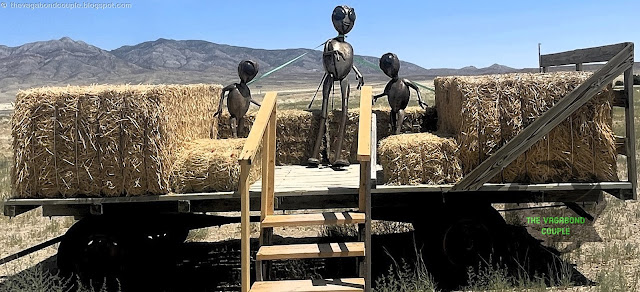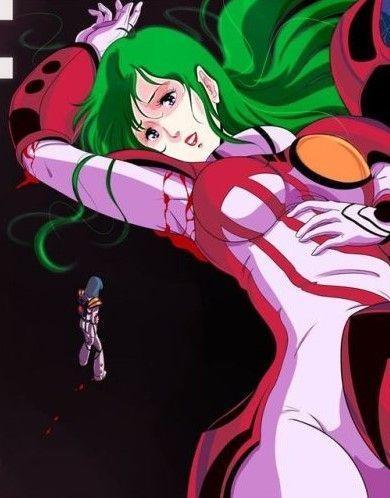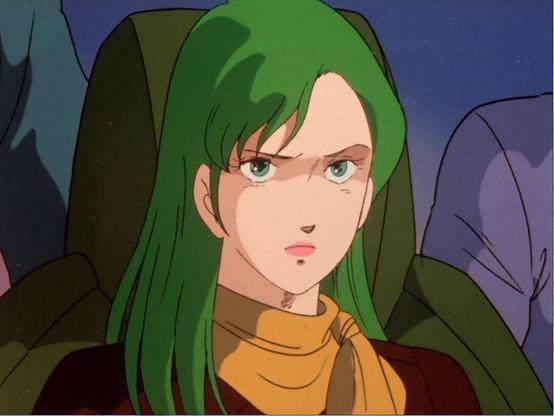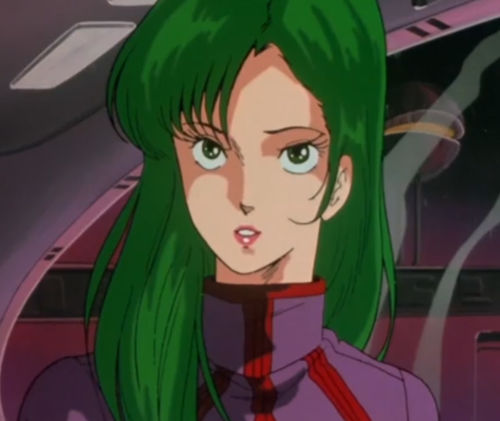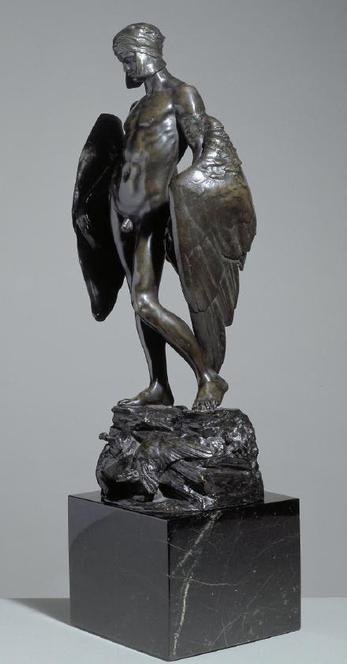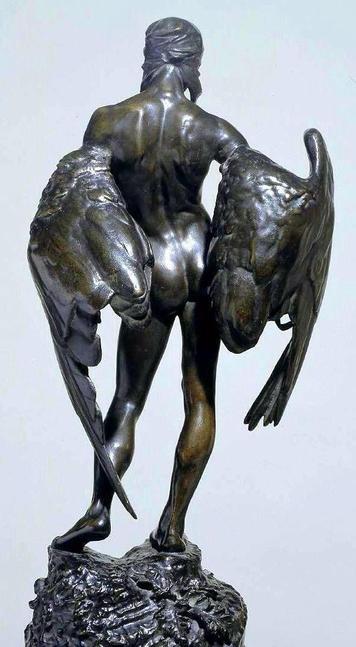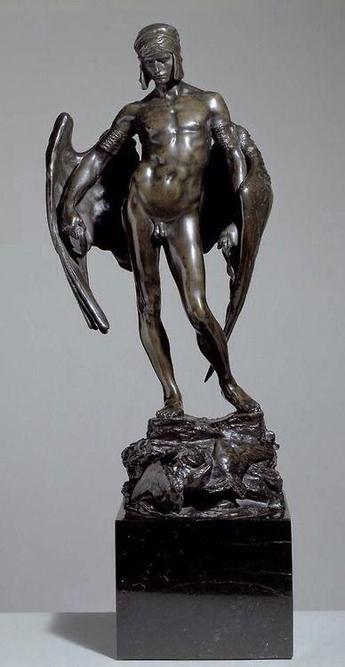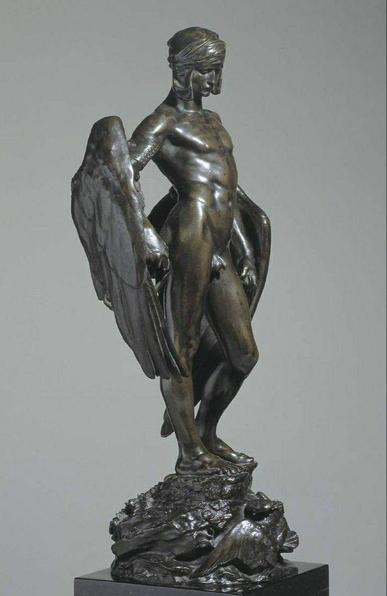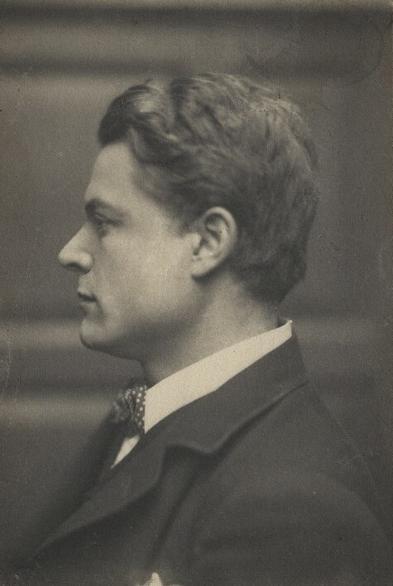Icarus and Daedalus
Ca. 1618
Oil on canvas (112,3 x 93 cm)
Museum of Fine Arts
In Greek mythology, Icarus was the son of the master craftsman Daedalus, the architect of the labyrinth of Crete. After Theseus, king of Athens and enemy of King Minos, escaped from the labyrinth, Minos suspected that Icarus and Daedalus had revealed the labyrinth's secrets and imprisoned them. Icarus and Daedalus escaped using wings Daedalus constructed from birds’ molted feathers, threads from blankets, the leather straps from their sandals, and beeswax. Before escaping, Daedalus warned Icarus not to fly too low or the water would soak the feathers and not to fly too close to the sun or the heat would melt the wax. Icarus ignored Daedalus's instructions not to fly too close to the sun, causing the beeswax in his wings to melt. Icarus fell from the sky, plunged into the sea, and drowned.
In this painting Van Dyck depicts himself as Icarus, with an expression that does not seem as if he’s following his father’s advice. He’s not looking at his father. As if Icarus is in the process of making the decision to disobey his father, to do what he wants to do.
This is a painting of a Greek myth, but also illustrative of the artist’s own life, of his own relationship with his father, or an important father figure in his life. Van Dyck has, in a sense, two fathers. He’s got a biological father, who he separated from, in a legal sense, not long before this painting was made. He also is separating himself from his teacher, Peter Paul Rubens, the great Flemish Baroque painter who had taught him much and was the major artistic figure in Antwerp and across Europe in the early 17th century.
Van Dyck is showing us that he is thinking about himself in his role as an artist, and what he can do, and where he wants to go as an artist. But not just thinking about it, but recording those thoughts in the form of a large-scale painting.
#VanDyck #Icarus #Daedalus #art
